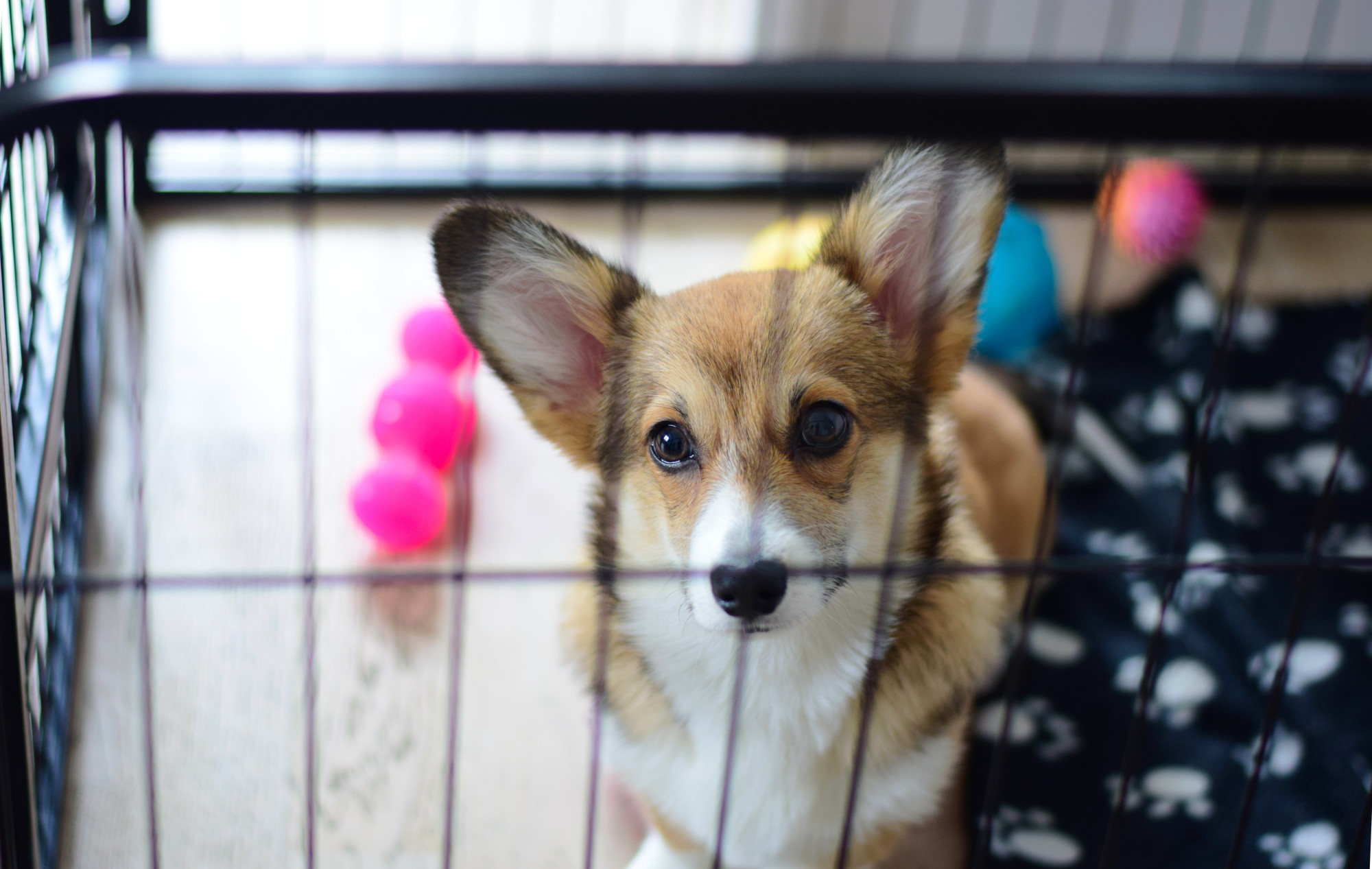
9 Tips and Tricks for Crate Training a Puppy
With their wagging tails and adorable faces, puppies bring an abundance of joy to our lives.
If you’re thinking of crate training a puppy, there are several things you need to know before you begin this daunting adventure.
Check out these nine helpful tips that will guide you through the crate training process for a happy, healthy, and obedient pooch.
1. Pick Out Your Crate
Before you even begin the process, you’ll need to select the right crate for your dog. Make sure to pick the correct crate size so that your pup has plenty of room.
Crates can be made of plastic or they can be crafted of metal. You can also find them in collapsible designs that are made for easy travel so make sure you select the one that works for your needs and goals.
2. Understand the Process
When crate training a puppy, it’s essential that you realize the process can range from a few days to a few weeks or more. Much of this depends on your dog’s particular age, temperament, and bred.
No matter what, the experience should be pleasant for both yourself and the puppy. Patience is key, so keep in mind that not all dogs are alike and eventually, yours will be properly crate trained.
3. Crate Training a Puppy: The Introduction
Your pup will likely be hesitant to go in his crate at first, so you’ll need to slowly introduce him to it. Place the crate in a part of your home where everyone spends time together, and put a soft towel or blanket in the bottom to make the puppy comfortable.
Encourage your puppy to go into the crate, speaking in a calm, reassuring tone. You can entice the pooch with treats until he goes all the way inside. Make sure you use positive reinforcement so your puppy understands that going into the crate is a good thing.
4. Mealtimes in the Crate
Once your puppy is accustomed to the crate, you can start feeding their regular meals near or inside the crate. This will help your dog understand that the crate is a good thing, and not something to avoid.
After your dog gets comfortable, you can start feeding him the meals with the crate door closed. The key here is to get your dog accustomed to being in the crate when you need him to be, and associating the crate with food is an excellent way to do this.
5. Leaving Your Pup Alone
When your dog gets used to eating meals in the crate without showing signs of anxiety, it’s time to leave him in the crate alone. You can encourage your dog by giving him a treat and praising him whenever he goes inside and you close the door.
Sit near the crate for a few minutes, then leave the room, returning after a few minutes and repeating this step. This process helps your dog understand that it’s ok for him to be in the crate without you there all the time. This step is key to successful crate training since eventually, your puppy will need to learn how to be inside the crate without anyone home.
6. Focus on Positive Reinforcement
Many dogs deal with separation anxiety, so it’s important to emphasize that the crate is a good, safe space. Give your dog his favorite toys or treats in the crate to give him an extra sense of comfort.
When you start to leave him alone, praise him for a moment, give him a treat, and then quietly leave so he’s not distressed. Once you return home, make sure you greet your dog in a subdued manner. This behavior lets your puppy know that the crate is not a big deal, and it’s ok for him to be there for a while.
It’s important to note that you should never leave your dog in his crate for more than four to five hours at a time throughout any period during the day.
7. Night Time Crating
When it’s time for bed, put your dog in his crate using the positive command along with a tummy treat. You can start this process by putting the crate in your bedroom or a nearby hallway so you know when your dog needs to use the bathroom.
As your dog gets accustomed to sleeping in his crate, you can gradually move it further away from you. Just make sure your dog does not become stressed at night, otherwise, they can suffer from fear and isolation at night time.
8. Limit Crate Time
While crate training has many benefits, it can also backfire if your dog is left there for too long. Remember that dogs need proper exercise and interaction with their owners.
You don’t want your puppy to feel trapped or punished, so make sure that you limit the amount of time he’s in the crate. Puppies, in particular, need to be let out for bathroom time, and they thrive on exercise and playtime.
9. How to Handle Whining
It’s important to learn the difference between whining to use the bathroom and whining to get out of the crate. Make sure you always use commands that your dog will understand, such as asking him if he needs to go potty.
If you’re sure your dog doesn’t need to use the bathroom, try your best to ignore the whining. This will teach him that whining won’t get him out of the crate just to get his way.
Training Made Easy
Crate training a puppy can be a challenge, but the rewards will be worth the effort. Follow these steps and ensure that you give your dog the love and support that he needs for a happy, healthy life at home.
For more on home life as well as content strategy and digital marketing, be sure to check out our website.
